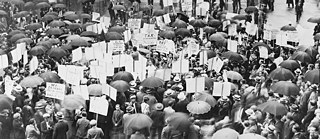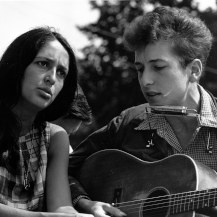The Elite in the Arts | Music
Folk Music - A Multifaceted Genre

“Folk music” suggests music of “the people,” but in the U.S. it has rarely been used as a term of self-reference by creators of vernacular music, and has never been significantly implicated in nationalist movements. Instead, elites in academic circles, social movements, and government agencies have largely associated folk music with cultural “others” that represent an idealized past.
The term has also been used widely, if loosely, to denote a musical genre both by academics and the commercial recording industry. Music labeled “folk” has enjoyed commercial popularity at the grassroots level and through “revival” movements carried out by groups who are not from folk backgrounds, and the term has progressively become more elastic in terms of its musical referents.
The concept of folk music took off in the U.S. in the late 1800s. But aside from popular interest in cowboy music in the early 1910s, the music didn’t attract much outside attention until the 1920s, when the commercial recording industry had surprising success selling blues, old time country, and other “ethnic” music. The recordings of the 1920s largely captured sounds that were widely popular in distinctive regions (notably in the Deep South and Appalachia), and the sudden commercial availability of the music was met by enthusiastic sales within Southern and Southern diaspora communities.

Crowds outside the Bank of United States when it failed in 1931 | © World Telegram staff photographer, Wikipedia, edited, CC0-1.0

Joan Baez and Bob Dylan performing at the March on Washington | © Rowland Scherman, Wikipedia, edited, CC-BY-SA-3.0
Over the next decades, folk music became increasingly curated by and supported through government institutions, while individual strains of folk music gained their own support systems— including festivals and membership groups, and so on. Folk music largely remained marginal to the commercial music industry until 2000, when the success of O Brother Where Art Thou? introduced millions of new fans to the music, notably “old time” country music.
To the Overview